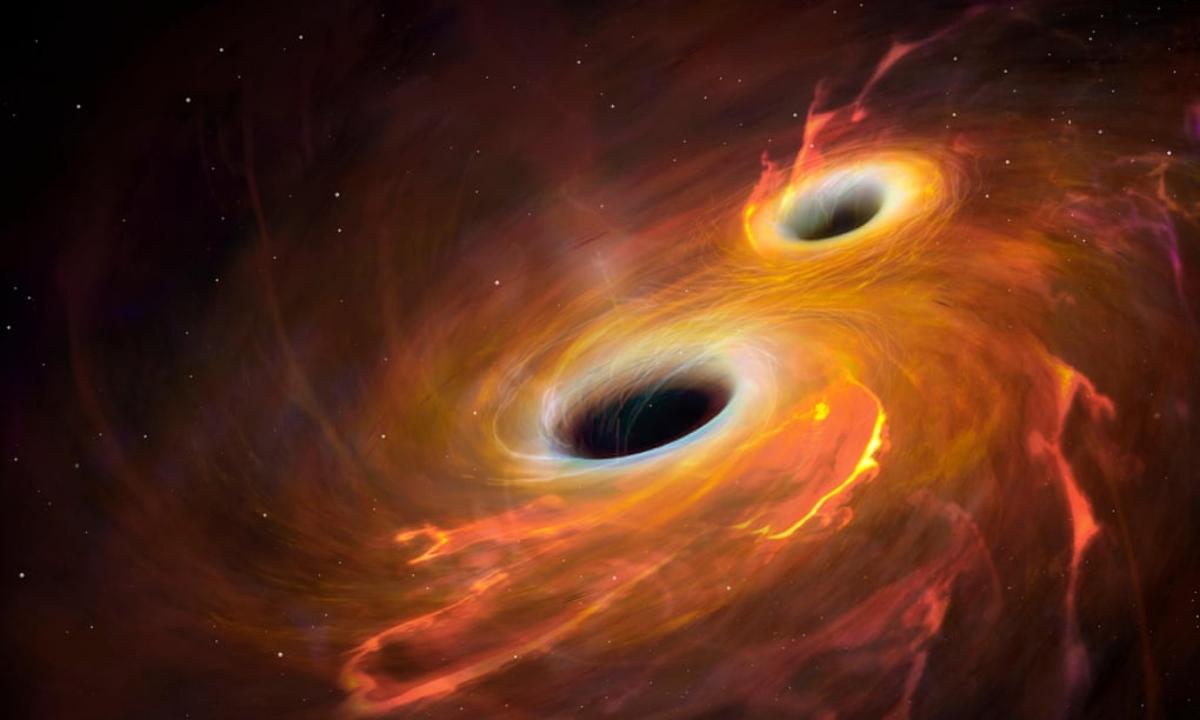A groundbreaking body of work led by Monash University physicists has opened a new pathway for understanding the universe’s fundamental physics.
The work, featured in an international review published in Progress in Particle and Nuclear Physics, follows nearly a decade of work by scientists at the School of Physics and Astronomy in the Faculty of Science at Monash University.
Gravitational waves have only recently been detected for the first time, offering an exciting opportunity to delve into the mysteries of particle physics through first-order phase transitions (FOPTs) in the early cosmos.
FOPTs, occurring when new fundamental symmetries break down to the standard model, play a vital role in solving fundamental puzzles like the problem of cosmic matter, anti-matter, asymmetry or the problems of the dark sector, including dark matter and dark forces.
Researchers, including lead review author Ph.D. candidate Lachlan Morris, have embarked on a journey to review the process leading from particle physics models to observable GWs, highlighting the intricate steps involved.
“Our work serves as a comprehensive guide for particle physicists to explore the exciting realm of GW phenomenology,” said Morris. “Understanding FOPTs is crucial for unraveling the mysteries of our universe.”
The review details the intricate journey from particle physics models to observable GWs induced by vacuum decays during FOPTs.
The review, co-authored by Professor Csaba Balazs, sheds light on the complex process, covering steps like building effective potentials, analyzing transition rates, and predicting GW spectra.
“We’re on the brink of a new era in gravitational wave astronomy,” said Professor Balazs. “The future holds immense potential for space- and ground-based detectors to reveal unseen phenomena, potentially emanating from FOPTs.”
The review outlines the path from a particle physics model to GWs, which contains many specialized parts, including:
building a finite-temperature effective potential in a particle physics model and checking for FOPTs
computing transition rates
analyzing the dynamics of bubbles of true vacuum expanding in a thermal plasma
characterizing a transition using thermal parameters
making predictions for GW spectra using the latest simulations and theoretical results and considering the detectability of predicted spectra at future GW detectors.
For each step the review emphasizes the subtleties, advantages and drawbacks of different methods, and reviews the state-of-the-art approaches available in the literature.
“This provides everything a particle physicist needs to begin exploring GW phenomenology,” Professor Balazs said.
“As we commemorate nearly a decade since the revolutionary discovery of gravitational waves, the era of ground-based detectors has transformed our understanding of the cosmos. However, the upcoming era of space-based detectors promises even more extraordinary discoveries, potentially unlocking the secrets of new physics beyond the standard model.”
Reference:
Peter Athron et al, Cosmological phase transitions: From perturbative particle physics to gravitational waves, Progress in Particle and Nuclear Physics (2023). DOI: 10.1016/j.ppnp.2023.104094

Very interesting… I’ve always wondered if gravitational waves/influences explain why things stay more or less in place relative to each other but also why there is, for example, slight variations over time, such as our own planet’s motion around the sun. Could this explain the cycle between glacial minimums and maximums, and variations during these cycles? We know the earth is heading to the peak of a glacial minimum ( regardless of any human impact) and will soon commence the slope downward to a minimum. Climate scientist and their short term modelling regardless! Gravity exerting from far away no doubt tempers the dominating pull of the sun and explains why we are over long periods slightly further or closer to our heat source? Well done Monash